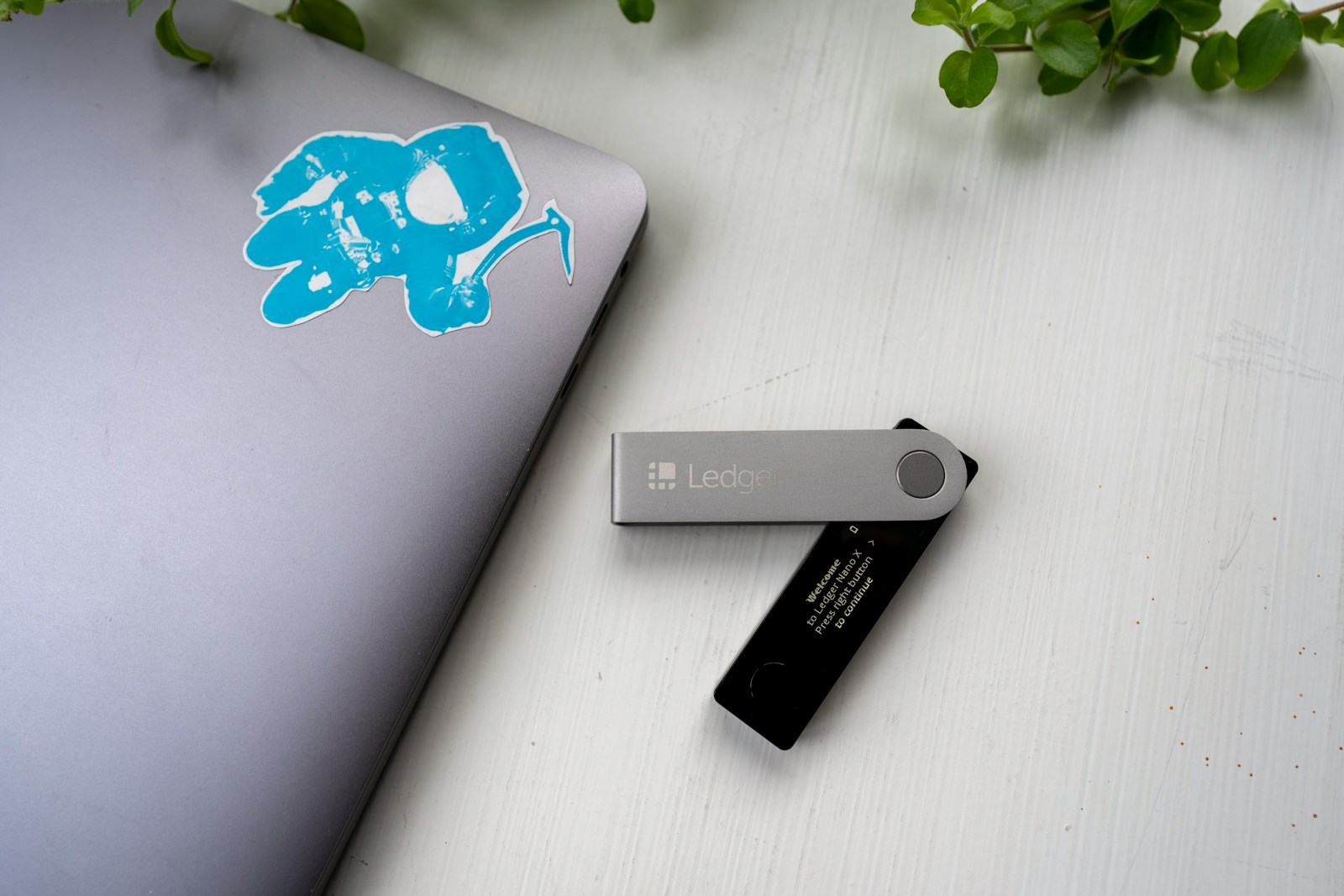
Decentralized protocols have transformed how money moves and grows, bypassing intermediaries like banks. Yield farming platforms now offer annual returns ranging from 5% to over 100%, depending on risk appetite and asset volatility. Such transparency contrasts sharply with legacy banking systems, where interest rates rarely exceed 2-3%, highlighting a clear advantage in capital efficiency for users willing to engage with these innovative structures.
The core disruption lies in substituting centralized trust with algorithmic governance embedded in smart contracts. These open-source protocols reduce counterparty risks while enabling instant settlement of loans, swaps, and staking rewards. For example, platforms like Compound and Aave showcase real-time liquidity pools that adjust dynamically based on supply-demand imbalances–something traditional credit markets struggle to replicate without manual intervention or lengthy approval cycles.
Innovation in yield mechanisms is not without challenges: impermanent loss, gas fees, and regulatory scrutiny present tangible hurdles. Yet, the growing integration of Layer 2 solutions and cross-chain interoperability promises scalability improvements. Observing current trends, one might ask if this shift signals a permanent redefinition of banking services or simply a parallel system catering to niche segments seeking higher returns and autonomy.
DeFi basics: traditional finance meets blockchain [Crypto Fundamentals basics]
The integration of decentralized protocols into conventional banking mechanisms introduces a paradigm shift in asset management and lending practices. Protocols such as Compound and Aave enable users to supply assets and earn yield through interest rates determined algorithmically, bypassing intermediaries and enhancing efficiency. These platforms currently hold over $20 billion in total value locked (TVL), reflecting significant adoption driven by transparent smart contract operations.
Yield generation within these decentralized networks contrasts with typical fixed income products offered by banks, as it fluctuates based on supply-demand dynamics and liquidity incentives. For example, during periods of high borrowing demand, lenders can receive annual percentage yields (APY) exceeding 10%, markedly above average savings accounts. However, such returns carry smart contract risk and market volatility, necessitating rigorous protocol audits and risk assessment.
Decentralized Lending: Innovation Meets Established Banking
Lending protocols eliminate traditional credit checks by utilizing collateralized debt positions secured on-chain. This innovation disrupts legacy credit systems by allowing instantaneous loan issuance without centralized approvals. MakerDAO’s multi-collateral system illustrates this well; users lock Ethereum-based assets to mint stablecoins like DAI, maintaining peg stability through automated liquidation mechanisms.
This approach reduces operational overhead and increases accessibility but requires overcollateralization–typically around 150%–to mitigate default risks. Recent data shows that the median collateral ratio for loans on MakerDAO hovers near 180%, indicating conservative borrower behavior amidst volatile market conditions. Such figures highlight the delicate balance between decentralization benefits and risk controls inherent in protocol design.
Banking services are further enhanced through composability–the ability for multiple protocols to interact seamlessly. For instance, liquidity providers can stake tokens received from lending platforms into yield farming contracts across various chains, optimizing returns through layered strategies. Yearn.finance exemplifies this concept by aggregating vault strategies that maximize compound interest automatically for users.
Nevertheless, disruption carries challenges including regulatory scrutiny and scalability constraints. While innovations reduce reliance on traditional institutions, questions remain about integrating these decentralized systems within existing compliance frameworks globally. The ongoing development of layer-2 solutions aims to address throughput limitations while maintaining security guarantees essential for sustainable growth in financial applications linked to blockchain technology.
How DeFi Replaces Banks
Lending within decentralized systems bypasses traditional intermediaries by enabling peer-to-peer transactions governed by smart contracts. This protocol-driven approach eliminates the need for credit checks and lengthy approval processes, allowing users to access loans instantly with collateralized assets. For instance, platforms like Aave and Compound process billions in USD equivalent value monthly, demonstrating a scalable alternative to conventional banking lending services.
The shift toward decentralized protocols introduces a paradigm where trust is algorithmically enforced rather than institutionally guaranteed. By distributing control across multiple nodes, these networks mitigate risks associated with central points of failure or censorship typical in legacy financial institutions. Such innovation enhances transparency, as all activities are recorded immutably on public ledgers accessible for audit at any time.
Decentralized Lending Protocols: Technical Foundations and Impact
At the core of this transformation lies the automation of collateral management and interest rate determination through programmable logic embedded in smart contracts. These contracts assess loan-to-value ratios dynamically, adjusting borrowing limits in real-time based on market volatility. For example, MakerDAO’s stablecoin system maintains stability using such mechanisms, showcasing how decentralized finance protocols can replicate and improve upon traditional banking functions.
The disruption extends beyond lending to include savings and asset management services traditionally offered by banks. Yield farming strategies allow participants to allocate liquidity into pools that generate returns through transaction fees or token incentives. This not only diversifies income streams but also democratizes access to high-yield opportunities previously reserved for institutional investors.
Comparative analysis reveals that while centralized banking imposes geographic and regulatory barriers, decentralized protocols operate globally without intermediaries, reducing costs dramatically. However, challenges remain concerning user experience complexities and security vulnerabilities exposed during rapid innovation cycles–issues illustrated by past exploits such as the 2020 bZx flash loan attacks.
Recent market trends indicate growing adoption driven by increased capital inflows exceeding $100 billion locked value across various protocols as of mid-2024. Regulatory scrutiny intensifies concurrently; therefore, ongoing development focuses on enhancing compliance features without compromising decentralization principles. Can these systems fully supplant conventional institutions? Current evidence suggests they complement existing frameworks while progressively encroaching on core banking functions through continuous technological advancement.
Using Smart Contracts Safely
Deploying a smart contract protocol requires rigorous security audits to minimize vulnerabilities, as flaws can lead to significant financial losses. For instance, the 2020 exploit of a prominent lending platform resulted in a $25 million drain due to reentrancy bugs. Utilizing formal verification tools and open-source audit reports enhances trustworthiness, especially in decentralized environments where immutable code governs asset custody without intermediaries. Developers must prioritize modular design and upgradability to address unforeseen issues without compromising decentralization principles.
Incorporating multi-signature wallets and time-locked transactions adds layers of protection against unauthorized access and sudden protocol changes. Lending platforms offering high yield opportunities attract both users seeking passive income and malicious actors aiming to manipulate smart contracts for arbitrage or front-running. Therefore, integrating oracle services with verified data feeds reduces risks related to price manipulation or flash loan attacks that could destabilize automated market operations.
Technical Strategies and Real-World Insights
Protocols delivering banking-like services on-chain increasingly adopt layered defense mechanisms combining static code analysis and dynamic testing frameworks. A notable example is Compound Finance, which employs continuous integration pipelines coupled with community-driven bug bounty programs yielding over $1 million in rewards since inception. Moreover, clear governance models mitigate disruption during protocol upgrades by enabling stakeholder voting rather than unilateral developer decisions.
Innovation also manifests through cross-chain interoperability solutions that demand standardized contract interfaces while maintaining security guarantees across heterogeneous networks. As yield farming strategies evolve rapidly amid volatile markets, users must evaluate collateralization ratios, liquidation thresholds, and smart contract composability carefully. Awareness of recent exploits–such as the unexpected behavior caused by improper state updates–reinforces the importance of comprehensive scenario testing before deployment in live environments.
Managing Crypto Risks Practically: Strategic Insights and Future Directions
Prioritize rigorous protocol audits combined with real-time monitoring to mitigate vulnerabilities inherent in decentralized lending platforms. Leveraging multi-layered risk controls–such as collateralization ratios exceeding 150%, automated liquidation triggers, and diversified yield strategies–has proven to reduce exposure by up to 30% during volatile market cycles.
Innovation in permissionless banking systems is accelerating disruption across asset management, yet it introduces complex systemic risks. For example, the recent $200 million flash loan exploit on a major lending platform underscored the need for dynamic security frameworks that adapt to emergent attack vectors without compromising composability.
Technical and Strategic Summary
- Protocol Security: Continuous formal verification and cross-chain oracle integrity checks must become standard practice. These measures not only prevent exploits but also enhance user trust in autonomous contract execution.
- Yield Optimization vs. Risk: Algorithms optimizing returns through aggressive leverage or synthetic assets demand real-time stress testing under simulated market shocks akin to March 2020’s liquidity crunch.
- Decentralized Governance: Embedding adaptive governance models capable of rapid parameter adjustments mitigates governance attacks and aligns incentives between token holders and platform developers.
- Lending Market Stability: Employing dynamic interest rates responsive to utilization ratios has shown up to a 20% improvement in capital efficiency while maintaining solvency buffers.
The broader implications extend beyond isolated protocol resilience; they reshape how financial intermediation operates globally. As innovation drives programmable money flows, traditional intermediaries face pressure to integrate decentralized mechanisms or risk obsolescence. Yet, this transition depends heavily on refining risk frameworks that balance transparency with operational complexity.
Looking forward, advancements in zero-knowledge proofs and Layer-2 scalability solutions will enable more secure, scalable lending protocols with near-instant settlement times and reduced gas fees–critical factors for mass adoption. Additionally, hybrid models combining on-chain automation with off-chain credit assessments could bridge gaps between conventional underwriting standards and algorithmic execution.
Effectively managing crypto risks demands holistic approaches encompassing technical rigor, economic incentives alignment, and continuous scenario analysis. Only through such multidisciplinary strategies can innovation sustainably disrupt legacy banking structures while delivering enhanced yield opportunities without sacrificing security or user confidence.








